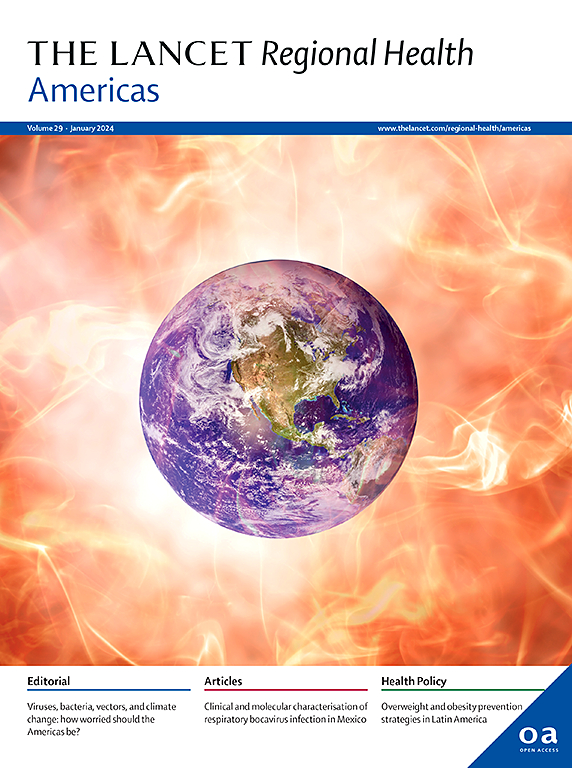Changes and heterogeneity in quality-amenable excess mortality in Mexico: a systematic analysis for the years 2012, 2018, and 2021
IF 7
Q1 HEALTH CARE SCIENCES & SERVICES
引用次数: 0
Abstract
Background
Low quality of care has emerged as key policy concern in low and middle-income countries. This study explores the changes and heterogeneity in preventable and healthcare-amenable excess mortality across regions and demographic groups in Mexico for 2012, 2018, and 2021.
Methods
We estimate excess mortality for the top ten healthcare amenable causes of death in Mexico. Excess mortality is categorized into preventable mortality, which could be avoided by preventing disease onset, and amenable mortality, which could be avoided through timely and effective healthcare. In broad terms, amenable mortality is derived by comparing case fatality rates in Mexico from those in a group of benchmark countries. This amenable mortality is further split into low quality and non-utilization amenable. The analysis used data from the Global Burden of Disease (GBD) study and the Encuesta Nacional de Salud y Nutrición (ENSANUT) surveys.
Findings
The findings indicate that healthcare-amenable mortality attributed to low quality was 52·5% in 2012 and 57·2% in 2021. Diabetes mellitus and chronic kidney disease were the predominant causes of amenable deaths, with an estimated 28,953 and 23,772 deaths in 2021, respectively. In 2021, an estimated 25·41 per 100,000 males died due to poor quality compared to 17·31 per 100,000 females. The of share of quality-amenable mortality for some conditions was also different between males and females in 2021. For diabetes mellitus, 38·7% of amenable mortality in males was due to poor quality, compared to 52·4% for females and for chronic kidney disease the percentage for males was 35·1% as opposed to 49·4% for females.
Interpretation
The large share of healthcare-amenable deaths attributable to poor quality underscores the persistent deficiencies in healthcare delivery processes. Despite efforts to improve healthcare quality, substantive disparities remain, particularly across factors such as sex and age. The findings highlight the need for targeted healthcare policies aimed at improving quality for all groups. Future policies should prioritize addressing the specific needs of high-risk groups to improve the overall performance of the healthcare system.
Funding
This study received no external funding.
求助全文
约1分钟内获得全文
求助全文
来源期刊

Lancet Regional Health-Americas
Multiple-
CiteScore
8.00
自引率
0.00%
发文量
0
期刊介绍:
The Lancet Regional Health – Americas, an open-access journal, contributes to The Lancet's global initiative by focusing on health-care quality and access in the Americas. It aims to advance clinical practice and health policy in the region, promoting better health outcomes. The journal publishes high-quality original research advocating change or shedding light on clinical practice and health policy. It welcomes submissions on various regional health topics, including infectious diseases, non-communicable diseases, child and adolescent health, maternal and reproductive health, emergency care, health policy, and health equity.
 求助内容:
求助内容: 应助结果提醒方式:
应助结果提醒方式:


